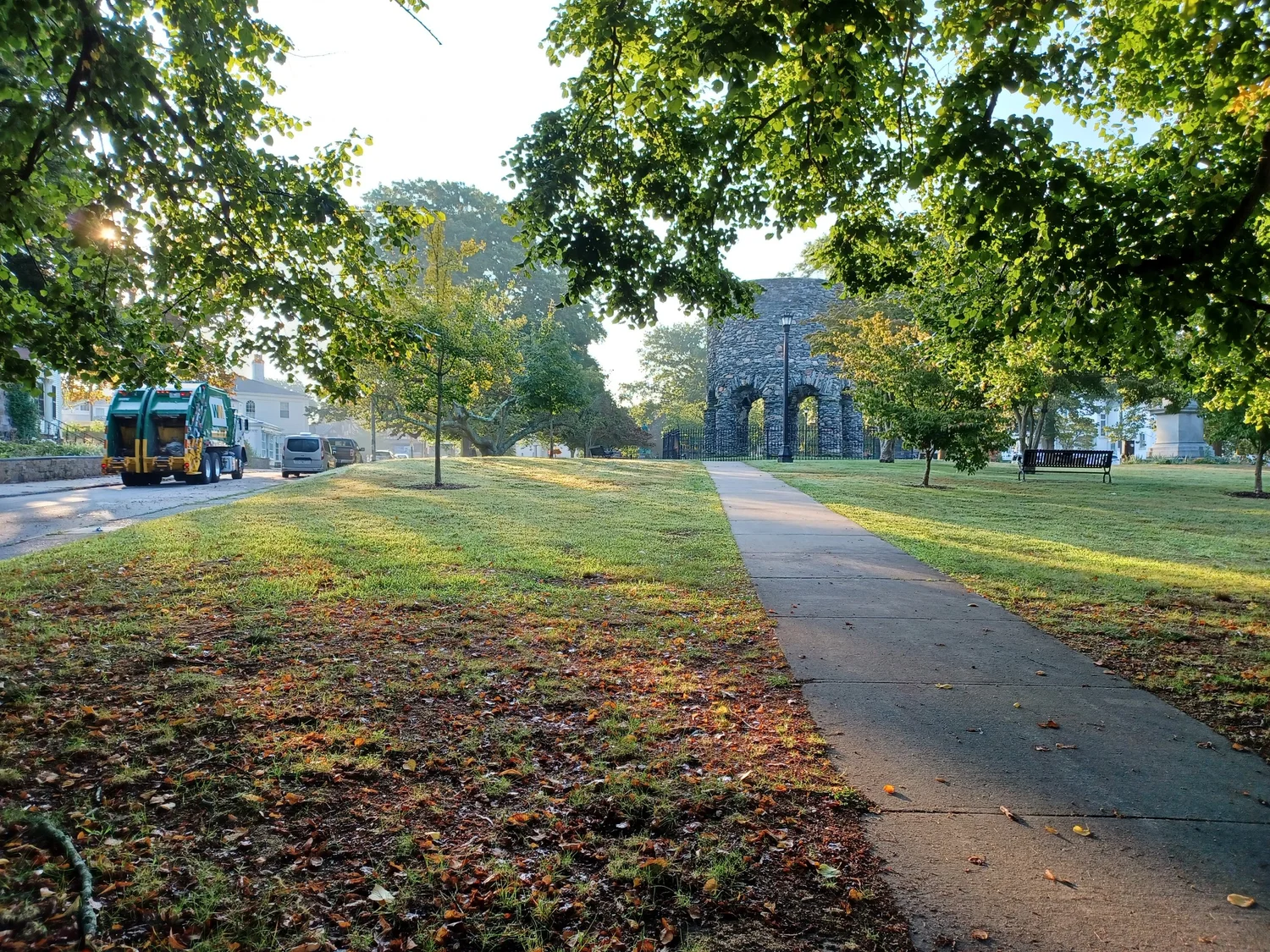Uphill Learning
/We city-dwellers have made a lot of progress since the horse-and-buggy days, but we have yet to budget for designing cities that can handle snow. We also haven't figured out how to train most people in cities to become fluent in urban design.
This plays out in slush piles and squandered school days. It also shadows the urban celebration of snow, as I realized after leaving a whoop-filled afternoon in Central Park with friends and family and realized how closely the population there mirrored what you'd find in SoHo House. But weigh no heavy matters on a sled run. Snow comes rarely, feels transporting and builds on itself before it goes away. We needn't rig public space to absorb it.
We do need to rig public space to absorb differences and aggression, and turn these emotions reliably into productive energy. That means we need to teach kids -and voters- how different design and material choices predict different patterns of play, temper and commerce.
Models for this kind of training come from big cities and small. In this week's New York Observer, you can find my opinion piece about New York's project to smooth barriers between sidewalks and public spaces. It's a climb to change how we assume cities disperse the kinds of goods we can't price. But it's a thrill to imagine the changes we can carve once we learn the techniques for making that change.

